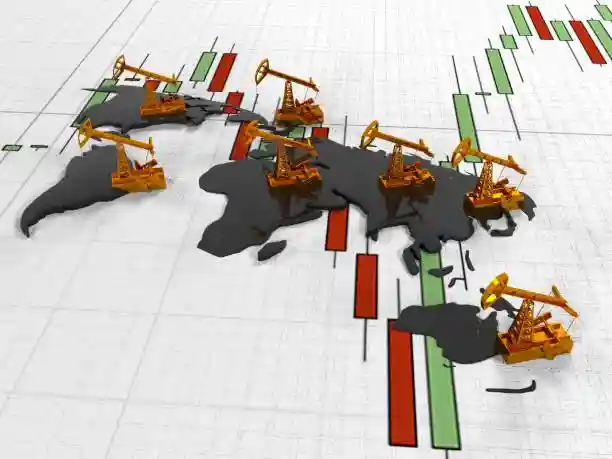Remote sensing image acquisition is the process of capturing images of the Earth’s surface or other celestial bodies using sensors mounted on satellites, aircraft, drones, or other platforms. This technology plays a crucial role in various fields such as environmental monitoring, agriculture, urban planning, disaster management, and scientific research.
Satellite Platforms:
-
- Satellites equipped with imaging sensors orbit the Earth, capturing images from space.
- Different types of satellites serve various purposes, including Earth observation satellites, weather satellites, and reconnaissance satellites.
- Sensor Types:
- Optical Sensors: Capture images in the visible, near-infrared, and infrared spectral bands. Useful for vegetation monitoring, land cover classification, and urban planning.
- Radar (Radio Detection and Ranging) Sensors: Penetrate clouds and provide information about surface roughness. Valuable for terrain mapping, soil moisture estimation, and disaster monitoring.
- LiDAR (Light Detection and Ranging) Sensors: Measure distance using laser pulses, creating detailed 3D maps of the Earth’s surface. Used for terrain modeling, forestry, and urban planning.
- Resolution:
- Spatial Resolution: Refers to the level of detail in an image. High spatial resolution is crucial for tasks such as identifying individual objects or monitoring small areas.
- Temporal Resolution: Describes how often a satellite revisits a specific location. Frequent revisits are essential for monitoring dynamic environmental changes.
- Spectral Bands:
- Different sensors capture data in specific spectral bands. Multispectral sensors capture data in several bands, allowing for the analysis of vegetation health, soil composition, and land use.
- Georeferencing:
- Accurate georeferencing ensures that acquired images are correctly placed on Earth’s surface. This is vital for mapping, spatial analysis, and integration with other geographic information system (GIS) data.
- Image Transmission and Storage:
- Once images are acquired, they are transmitted to ground stations for processing and storage.
- High-capacity storage systems are essential for managing the vast amount of data generated by remote sensing missions.
- Data Processing and Analysis:
- Remote sensing data undergoes preprocessing steps to correct for atmospheric effects, sensor distortions, and other factors.
- Advanced image processing techniques, including machine learning algorithms, are often applied for feature extraction, classification, and information extraction.
- Data Accessibility:
- Many remote sensing data sets are made available to the public through online repositories and platforms. This accessibility promotes widespread use of the data for research and applications.
Remote sensing image acquisition contributes valuable information for understanding and monitoring our planet. It enables scientists, researchers, and decision-makers to make informed decisions across various disciplines by providing a comprehensive view of Earth’s surface and its dynamic processes.
